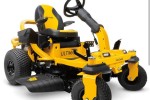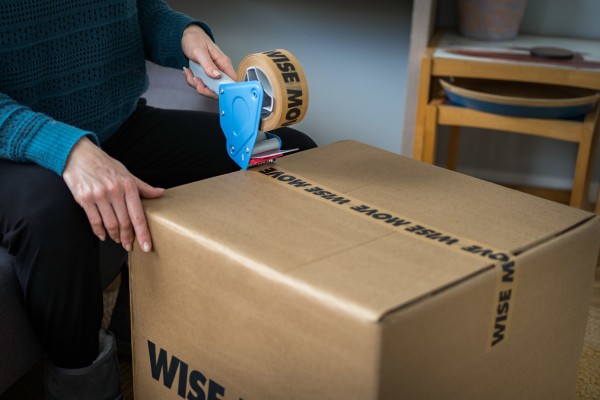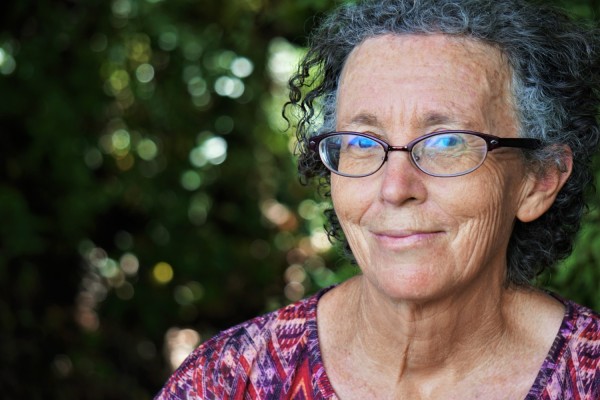Understanding KiwiSaver: What it is and why you should join


Whether you are thinking of moving to New Zealand or are a New Zealander who has not yet joined KiwiSaver, it’s worth knowing about our country’s retirement saving scheme.
In this guide, you’ll learn about how KiwiSaver works, what the pros and cons are of joining, and why you might want to take advantage of this scheme once you become a permanent resident.
What is KiwiSaver?
KiwiSaver is a voluntary saving scheme created by the New Zealand Government in 2007 to incentivise New Zealanders to save for their retirement. Before KiwiSaver, many New Zealanders only saved for their retirement if they had easy access to an investment scheme, for example, through their workplace.
Although New Zealand has a pension system, prior to the introduction of KiwiSaver, many New Zealanders weren’t saving enough for their retirement.
KiwiSaver is an easy way to save for retirement. Apart from a very small amount of paperwork that you’ll need to fill out when you get your first job or choose to opt in for the first time, KiwiSaver is simple, automated and requires next to no work.
How much can I contribute to KiwiSaver?
The best thing about KiwiSaver is that you can choose how much you wish to contribute to your retirement. Here’s what you should know about contributions:
-
If you are an employee, you can contribute 3%, 4%, 6%, 8% or 10% of your gross wage or salary (the amount you get paid before taxes are taken off) into your KiwiSaver account.
-
If you are a freelancer worker or sole trader, you can choose how much you want to contribute and set up regular payments or make one-off payments whenever you feel like it.
-
Employers must contribute 3% of your gross salary to your KiwiSaver account.
-
There is an annual government contribution of around $521 if you contribute $1,042.86 during the financial year. This contribution lasts until you are 65.
How does KiwiSaver work?

Although the New Zealand government set up KiwiSaver, it is not a government-run scheme. Your money is invested in a KiwiSaver provider of your choice. Providers include banks and investment companies. Each provider usually has a wide range of funds for you to choose from.
These funds invest in different things depending on how aggressive or conservative the fund is. For example, an aggressive fund may invest heavily in stocks, while a conservative fund may invest more heavily in bonds and cash. You can choose the provider and the type of fund you want to invest in, but your provider will choose where your money is invested.
KiwiSaver is more similar to a managed fund than a savings account. The money invested makes you higher returns over time. The amount in your fund will go up and down with the market but will usually increase over the long term.
What type of funds are there?
Most funds fall into five different categories:
-
Defensive
-
Conservative
-
Balanced
-
Growth
-
Aggressive
The more aggressive the fund, the more volatile and risky the investment but the more potential there are for better results. Most people will change their retirement funds based on where they are in life.
Defensive funds are designed for people who plan on taking their money out in 1-3 years. If you are in your 60s, chances are you don’t want your money invested in funds that could take a sharp downturn when the market gets bumpy as you don’t have a lot of time for your investments to recover. In fact, you probably want your investments to barely change at all.
Conservative funds are good for investors who are 2-5 years from retirement. You’ve still got a couple of years until retirement so you can risk small increases and decreases in growth.
Balanced funds are designed for investors 5-12 years from retirement. You’ve got around a decade for any investments to bounce back after a downturn but are looking to make slower, steadier returns.
Growth funds are designed for people with around 10 years until retirement. You’re still looking to make gains in your retirement and can weather the ups and downs of a decade. You may want a small portion of your investments invested in lower-risk areas.
Aggressive funds are ideal for people who have 15 or more years until retirement. You can ride the high highs and bounce back over the big dips that come with a recession or major global events.
How does my KiwiSaver grow?
The funds in your KiwiSaver grow by:
-
Making regular contributions
-
Your employer contributing at least 3% on top of your pay
-
A yearly contribution from the government
-
Any extra contributions you wish to make
-
Investment returns that are reinvested (rather than removed)
-
Compound interest as your investments are worth more over the long term
What if I want to use my KiwiSaver before I retire?
For the most part, you can’t take your KiwiSaver out before you retire. In some cases, you may be eligible for early withdrawal if you are facing significant hardship. However, you’ll need to prove that you can’t meet your minimum living expenses, and it’s not easy to have this approved.
You can withdraw your KiwiSaver to buy a house as long as you meet some circumstances. You’ll need to be first home buyers, and you can’t withdraw any money earned from pensions or Super funds overseas. There are other requirements too:
-
You need to have been in a KiwiSaver or complying fund for three years
-
You must be a first-time buyer and intend to live in the house you will buy
It can pay to invest money outside of KiwiSaver if you think you would like to use your investment money to buy a second home, travel, or retire early.
What are the Pros of joining KiwiSaver?
There are lots of Pros of joining a KiwiSaver fund.
Free Money: The biggest benefit of joining a KiwiSaver fund is the free money. Not only is your employer contributing 3% of your pay, but you’ll also benefit from annual government contributions. $521 a year may not sound like much but with compound interest, that could grow to $183,500 if you join at 18 and retire at 65. You’ll also benefit from decades of compounding interest.
Automatic and Regular Investments: Another reason to invest in KiwiSaver is that it’s super easy and regular. Once you have filled out the initial paperwork (one or two A4 pages) you’re all set. The contributions will come out of your pay without you having to do a thing. Because the fund isn’t tied to your job you don’t have to worry about moving the fund if you change jobs. You can also request a contribution holiday if you take a break from the workforce, travel or move overseas.
Easy and No Learning Curve: While it’s possible to invest outside of KiwiSaver via platforms like Sharsies or Invest Now, KiwiSaver means you don’t have to worry about declaring your investments on your taxes or choosing the right stocks. There are far fewer barriers to entry than investing on your own.
Retire Comfortably: The whole point of KiwiSaver is the Kiwis have enough funds to let them live the life they want once they retire. While this might sound boring now, living in poverty once you are older is something every person should want to avoid. KiwiSaver could be the difference between regular trips away or choosing a nice retirement home in old age as opposed to living somewhere you can afford or hoping to save your house to supplement your retirement.
How do I join or move my KiwiSaver?
If you’ve started a new job, your employer should have made you aware of the option to join KiwiSaver. Joining KiwiSaver is very easy and requires you to fill out some paperwork. You’ll need your IRD number and bank account to join.
You’ll also need to pick the provider and fund you want to join. If you don’t do this step, you’ll be put into a default KiwiSaver fund, which is usually a low-risk fund. However, these might not be the right fund for you, especially if you’re a long way off retirement.
If you want to move KiwiSaver funds, you can find a fund you like on Sorted.co.nz and make a request to join their fund. They will arrange for the funds to be switched.
What do our customers say?





For every (wise)move



































